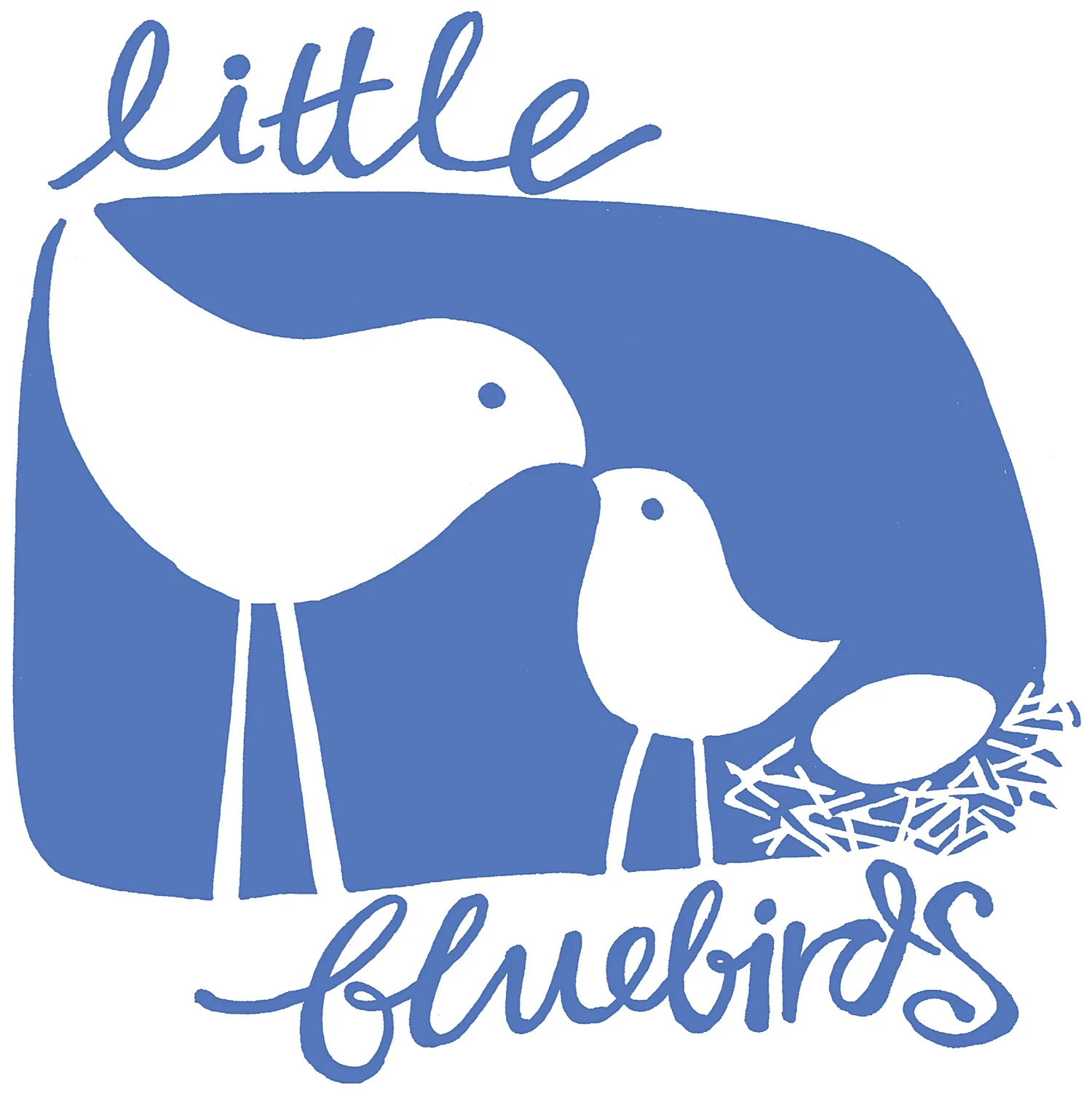Hunting for bugs
If you find yourself stuck at home, wondering what to do with your kids, why not take them on a backyard bug hunt? Even the smallest of backyards could have something! If not, then take a stroll to your closest park or see what you can find on a walk around your neighbourhood.
What you will need;
Plants to inspect
A willingness to look closely
Binoculars or a magnifying glass are optional
Time!
I have just returned from a mini-search of my own backyard and found 7 different insects nestled in just one plant (lavender)! A ladybird, a bee, a wasp, a mantid, a shiny, green fly, a moth with lots of wings and a black/red-striped/thorny critter I have never seen before.
I do a bug-hunt in my garden regularly as I grow lots of food, so am often outdoors picking fruit or pulling weeds. I am continually amazed with what I find out there.
I continue identifying the bugs that we find. I made a commitment, when my children were first starting to notice the world around them, that I would try and learn more about the world myself. I wanted to know accurate answers to my children’s questions, so I endeavoured to find out specific names. This meant I could answer “Common Katydid” or “Green Lacewing” instead of just “bug”. Admittedly, most of the time I answered “Mmmm, I’m not sure, let’s go look it up”, but I have learnt a lot about identifying birds, bugs, animals and plants since becoming a parent.
A note on spiders and insects
It must be the Scientist in me, as I cannot comfortably post this blog without making a quick note about spiders and insects! If you didn’t know already, or were due a reminder;
A spider is NOT an insect! Spiders are officially classified as belonging to the Class: Arachnida, which is distinct from the Class: Insecta. There are many differences between the classes, but an easy one to start with is the number of legs; 6 legs = insect and 8 legs = spider.
The following information comes from a Museums Victoria activity and can be helpful to further understand the difference between an insect and a spider, if you’re interested.
Make your own bug activity
If you get back from your bug hunt and your children are inspired to continue with a bug theme, why not make your own bugs? You could paint, draw or dance your bugs! Perhaps your child/ren would like to gather some natural materials and make their own bug? Or perhaps they will use boxes, playdough or Lego.
The accuracy of their bugs is not important when kids are very young. If their insect has 11 legs, 2 heads or 1 wing then this is just fine. The bug-making should be a creative and inspiring activity and some children will want to know exact leg numbers whereas others will feel like their dreams are crushed if you start to talk Scientific accuracy! Go with your child/ren and see what you can all come up with.
My backyard bugs
Here are a few (sometimes a little blurry, sorry) photos of my adventures.
Are the bugs in your garden the same, or different?
A green lacewing we found on our trampoline yesterday
A stag beetle found on the picnic rug whilst camping in the Victorian High Country
A praying mantis we found on our tent when we camped in the backyard.
an “insect” made from bits and pieces found in the schoolyard.
An orange ladybird on a native mint bush
A red ladybird on some old lavender










